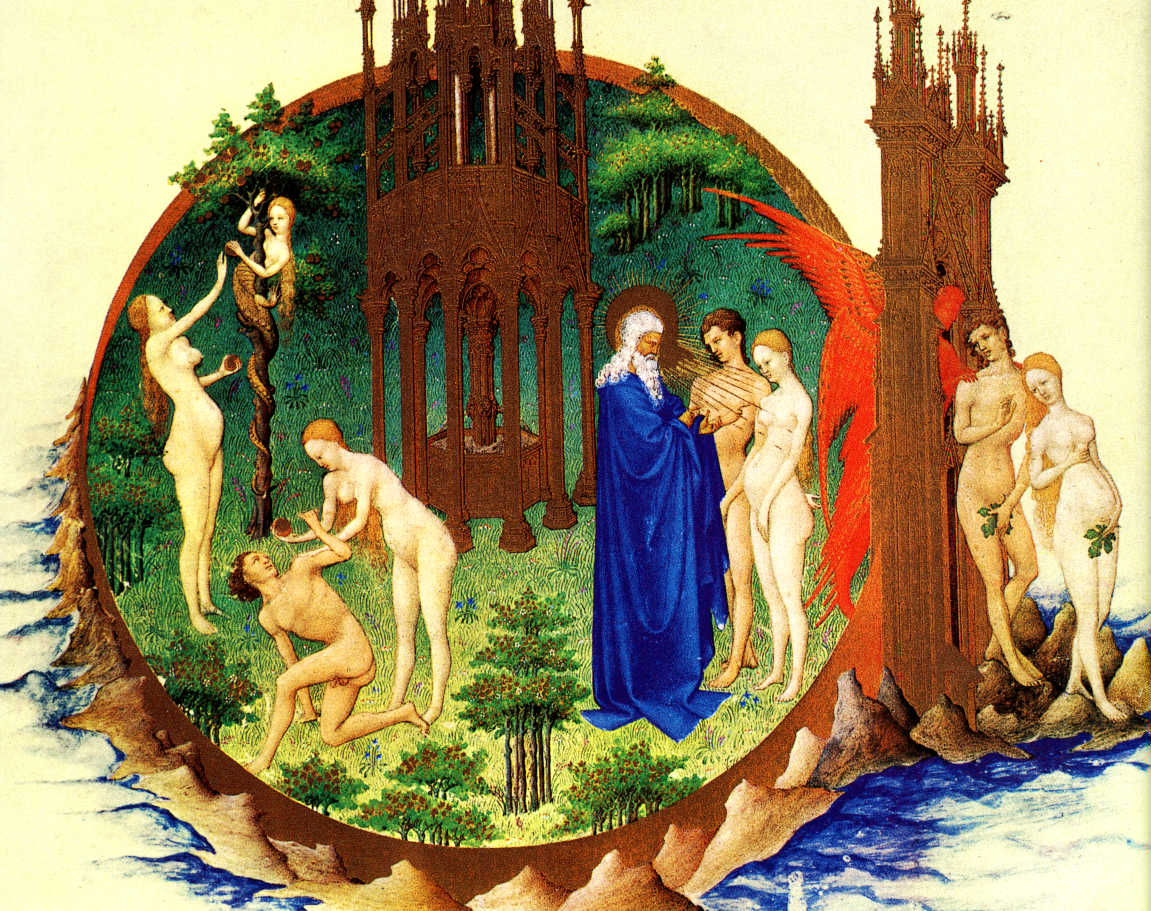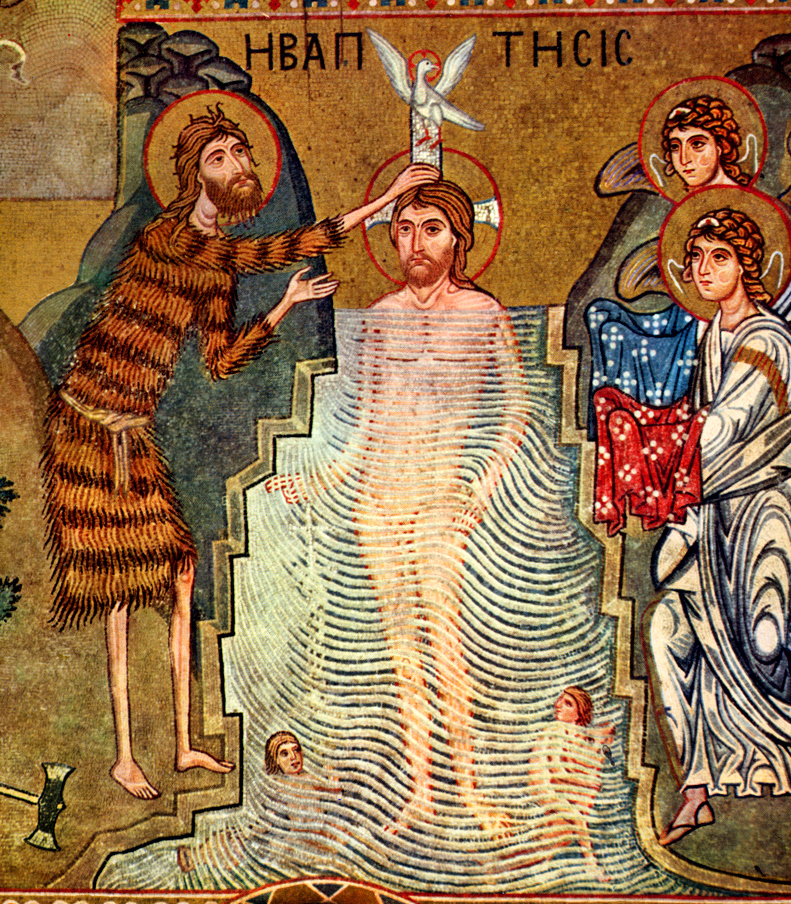Why the JPII's Theology of the Body says that Nude Figure Drawing is a Bad Thing
 When Pope John Paul II presented his Theology of the Body and addressed artists directly, challenging them to portray the human figure 'naked without shame' and in such a way that the beauty of the human form would be revealed in an ordered way it caused quite a stir. Here was a Pope, now saint, it seemed, who was putting his intellectual weight behind the artistic tradition of painting the nude and not only excusing it, but promoting it. Finally Catholics who fancied themselves as arty and cultured could hold their heads up high at dinner parties amongst their sophisticated, non-Christian friends and happily say that although there were some puritanical elements in the Church, those who were uncomfortable with nudity were just narrow minded philistines who didn't really understand Catholic culture. It inaugurated the creation of a wave of contorted Theology-of-the-Body nudes that, the artists told us, communicated human sexuality 'as gift' by gesture.
When Pope John Paul II presented his Theology of the Body and addressed artists directly, challenging them to portray the human figure 'naked without shame' and in such a way that the beauty of the human form would be revealed in an ordered way it caused quite a stir. Here was a Pope, now saint, it seemed, who was putting his intellectual weight behind the artistic tradition of painting the nude and not only excusing it, but promoting it. Finally Catholics who fancied themselves as arty and cultured could hold their heads up high at dinner parties amongst their sophisticated, non-Christian friends and happily say that although there were some puritanical elements in the Church, those who were uncomfortable with nudity were just narrow minded philistines who didn't really understand Catholic culture. It inaugurated the creation of a wave of contorted Theology-of-the-Body nudes that, the artists told us, communicated human sexuality 'as gift' by gesture.
I didn't get around to doing the paintings, but I did believe for a long time that JPII was a Catholic apologist for the Sixties, who could see the good at its heart and was able to distinguish, deftly, between those elements that were disordered or and those that reflected an ordered view of the human person. I also believed that the study of the nude was essential in the training of the human body.
Then I read the Theology of the Body and attended an atelier in Florence in which I did figure painting or drawing every afternoon. Now I am not so sure.
 First, I no longer believe that the study of the nude is necessary in an artist's training. The method I studied relied on training the eye, not anatomy. In fact we were told not to think deeply about the structure of what we were observing. Moreover, there have been great naturalistic artists who were masters of the academic method and did not train with the nude, such as Velazquez and his contemporaries in the Spanish school of baroque naturalism. I understand that even today, the Russian school of academic art in Florence, Italy does teaches today to the highest level without painting the nude.
First, I no longer believe that the study of the nude is necessary in an artist's training. The method I studied relied on training the eye, not anatomy. In fact we were told not to think deeply about the structure of what we were observing. Moreover, there have been great naturalistic artists who were masters of the academic method and did not train with the nude, such as Velazquez and his contemporaries in the Spanish school of baroque naturalism. I understand that even today, the Russian school of academic art in Florence, Italy does teaches today to the highest level without painting the nude.
Also, my understanding of JPII's writing has changed. What I see now in his writings about art and nudity, which include the ToB, is someone who understands the differing traditions in art very deeply and who is conservative by nature. In fact he was strongly against the portrayal of the nude in naturalistic styles that must, by virtue of their naturalism, portray Historical Man that is, man after the fall (those painting or sculpting in the style of the 19th century atelier take note).
Furthermore, he said that only when the body is shining with the 'light that comes from God' can it have dignity when naked. This is a reference to what in the context of the icon is called the 'uncreated light'. He is proposing therefore that only highly idealised representations of the human form are appropriate such as we might see in the iconographic form. In common with other Christian commentators he also sees great dignity in the nudes of ancient Greece. It is the correspondence to this idealised form, and not its naturalism, I suggest that causes him to appreciate the work of Michelangelo so highly, especially his frescoes in the Sistine Chapel. He sees each as a way of portraying the glory that was present in man before the Fall. After the Fall, dignity of Historical Man was restored by putting clothes on, not by taking them off.
We must also consider not only the effect of the image on the observer, but also how the process of creating the image affects both the model and artist. It is often stated that the etiquette of the studio, in which the model disrobes behind a screen and no one other than the studio master speaks to him or her when nude, protects the dignity of the model. In fact, if it does to some degree remove the general indignity of baring all in front of others and the erotic charge that is present when the model is attractive (and I am skeptical about that) then it does so by objectifying the person. That is, it creates a situation in which we no longer view the model as a person, but impersonally as a flesh shape, a nude. This is therefore participating, albeit in a different way, in the problem of today's understanding of the human person that the Pope is trying to remedy - it removes the dignity of the person so that they are just forms of flesh to be used.
 Only the person bathed in the uncreated light of God and those artistic styles developed to portray him are appropriate for nudity, says John Paul II, for, 'If it is removed from this dimension, it becomes in some way an object which depreciates very easily, since only before the eyes of God can the human body remain naked and unclothed, and keep its splendor and its beauty intact.’
Only the person bathed in the uncreated light of God and those artistic styles developed to portray him are appropriate for nudity, says John Paul II, for, 'If it is removed from this dimension, it becomes in some way an object which depreciates very easily, since only before the eyes of God can the human body remain naked and unclothed, and keep its splendor and its beauty intact.’
I have not formed a definitive view on this matter. But at the moment my own position is that even if it was possible in the past, in this present age when the dignity of the human person is under attack, we must be more conservative rather than less, and put some clothes on our models.
I am open to arguments that reinforce the place of the naturalistically portrayed nude in the canon of Christian art and in the training of the artist.
This is a very short summary of a much longer article (10,000 words) that appears in The Beauty of God's House: Essays in Honor of Stratford Caldecott published by Cascade Books. I would love to hear readers' comments on this, but I ask that if you have strong views on the matter you read the full reasoning in the article above before doing so. Just in case you are wondering, I get no royalties for this. I am asking this in order that you might understand fully why I have reached these conclusions before writing.
Above and below, legitimate nudes: all the paintings above show the figure in highly stylized form and therefore come under the criteria approved by JPII, or else as a baby. The nudity of babies does not offend ever I suggest (I explore the reasons why in my article).

